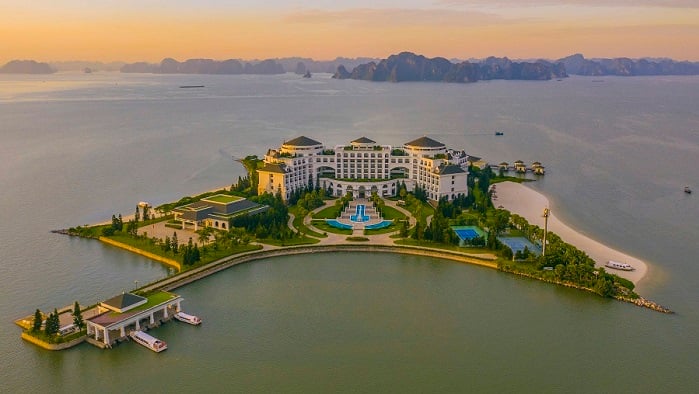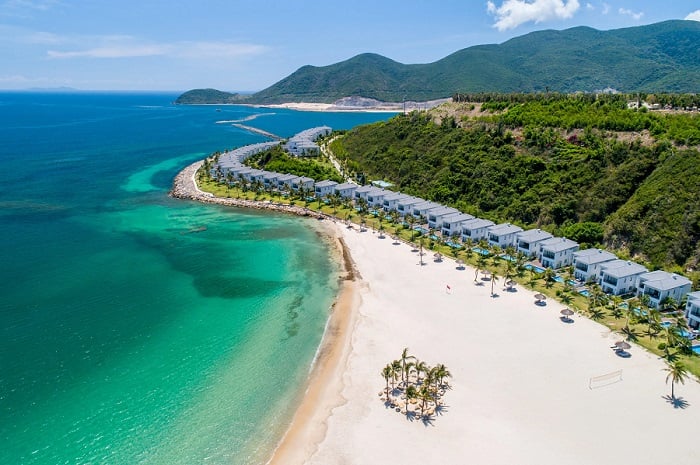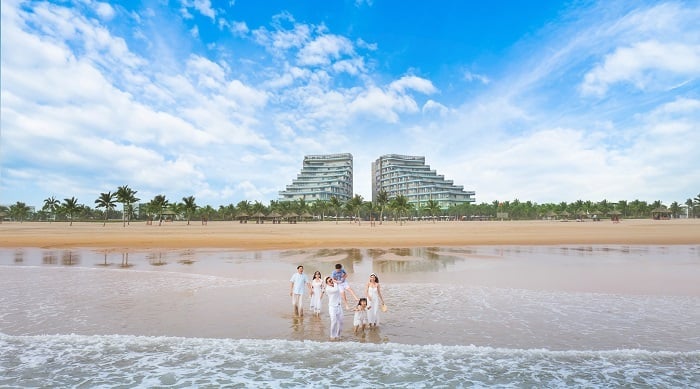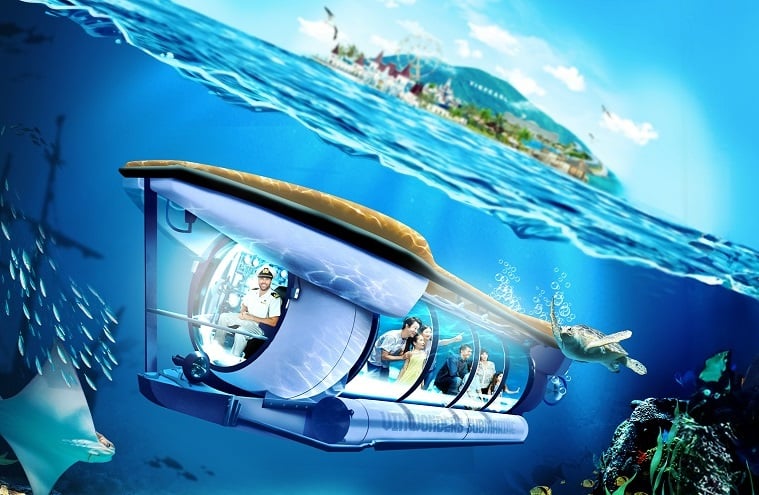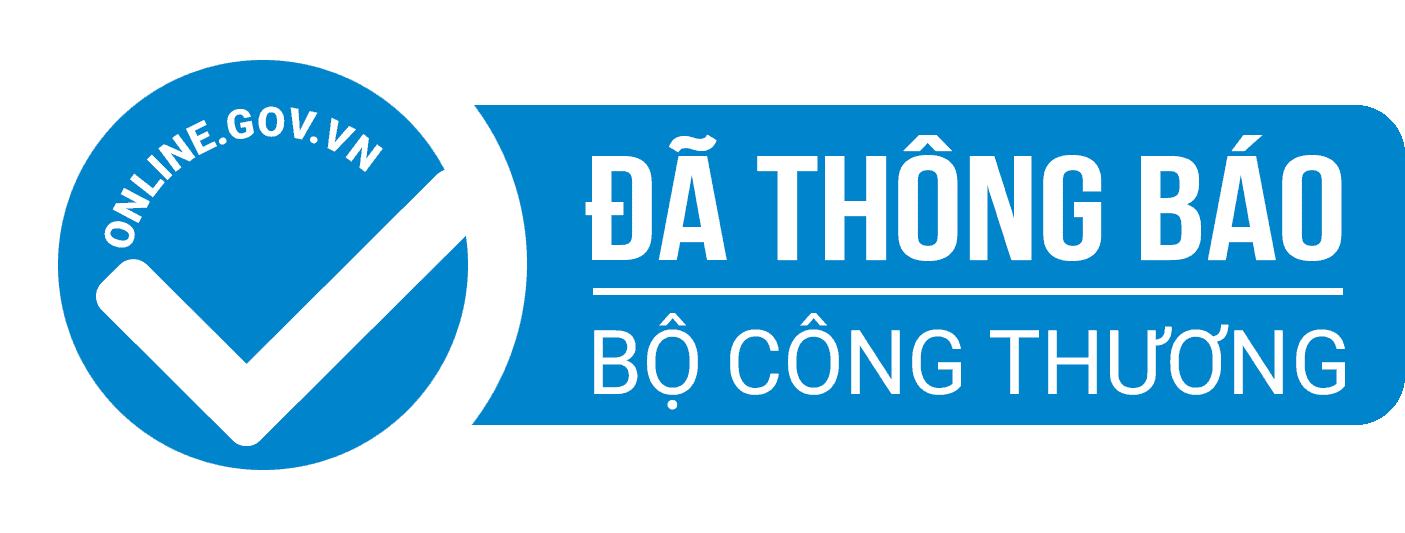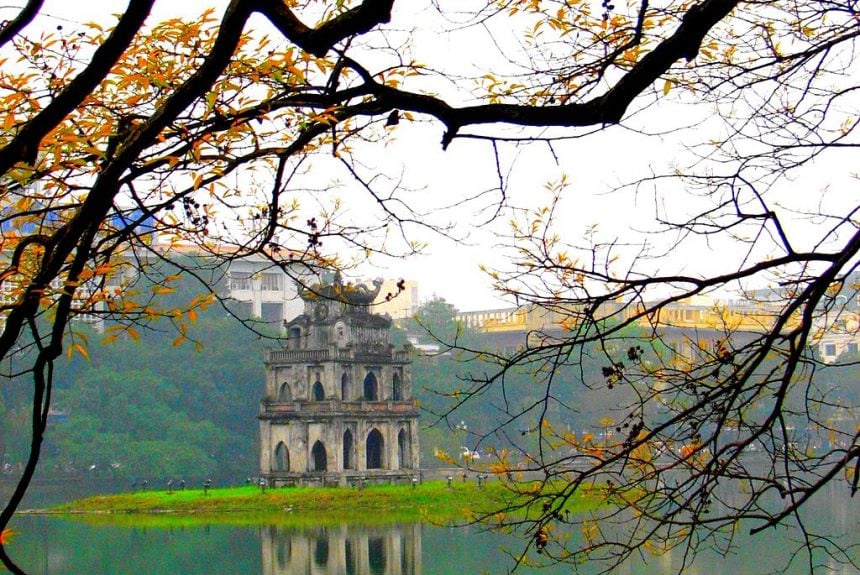
Hanoi, Vietnam's capital city, with its thousand years of history, is the economical and cultural center of Vietnam. The city has seen all the ups and downs throughout the history of the country. Having significant historical and cultural values, this city is a must-see destination for any Vietnam travel itinerary.
1. What is the capital of Vietnam? The long history that you may not know
The capital of Vietnam is Hanoi. During your Hanoi travel, you will get to know the eventful history of Vietnam's capital.
- Prior to Thang Long’s establishment (Prehistory - 1010): It is believed that the country was founded during the Hung Kings period, and the capital of this time was Co Loa, a district in Hanoi today. From 179 B.C onwards, Hanoi was occupied by different Northern colonists and went through many names, like Tong Binh and Dai La.
- Ly to Tay Son Dynasty (1010 - 1787): During the Ly’s reign, Hanoi was appointed Vietnam's center. It flourished culturally, politically, and economically until Quang Trung took over the throne and designated Hue as the new capital.
- Nguyen Dynasty to French Colonization (1787 - 1945): Following the Tay Son Dynasty, the first king of the Nguyen Dynasty also had Thang Long as the capital. In 1888, under the French colonization, Hanoi was established.
- Indochina War to Vietnam War (1945 - 1975): During these wars, Hanoi stood as the headquarters for reunification and liberation of the South, but it suffered severely until 1975.
- Hanoi in modern times: After the reunification of the North and South, Vietnam entered a subsidy period, and Hanoi slowly recovered. In 1999, it was recognized as the “City for Peace” by UNESCO.
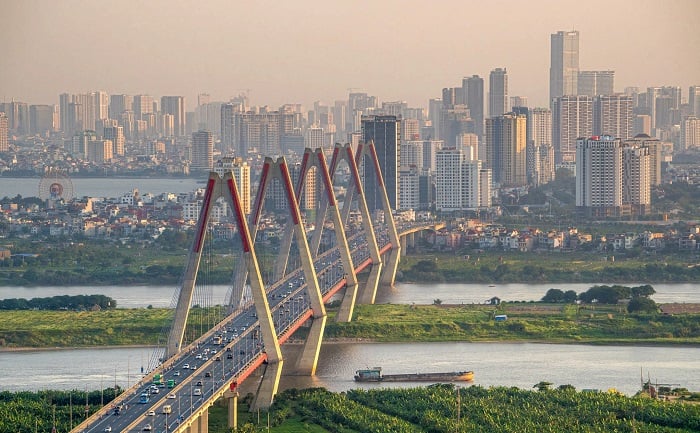
2. The geography of Hanoi - Vietnam's capital
2.1. Location and topography
Hanoi is a city located in the center of Northern Vietnam. It is nestled in the Red River Delta, around 90 kilometers away from the northern coastline. Vietnam's capital has an area of 3,324.92 square kilometers, located on both sides of the Red River.
Hanoi's topography gradually lowers from north to south and from west to east, with an average altitude of 5 to 20 meters above sea level. Thanks to alluvial deposits, three fourths of the city's natural area is delta. Hanoi’s terrain also includes hills and mountains, which are mostly concentrated in the west and north of the city.

2.2. Weather
The capital of Vietnam features a tropical monsoon climate with 4 distinct seasons in a year. It is hot and humid in summer and cold in winter. The average temperature is 23.6°C. Each season brings a different charm to this city. Hence, any time in the year would be a good time for tourists to travel to this destination.
3. The outstanding landmarks of Vietnam's capital
If you are about to pay a visit to Vietnam's capital, don’t forget to come to the following attractions:
3.1. Hanoi Old Quarter
Hanoi Old Quarter is a place that no tourists should miss out on during their trip to Vietnam's capital. Established in the 15th century and often known for its 36 ancient streets, it is a unique architectural complex full of ancient houses with moss-covered roofs. The feature of the Old Quarter is its street names, which mostly start with the word “Hang”.
The ancient streets of the Old Quarter hold significant historical and cultural values for the people of Hanoi. This place can take travelers on a tour back to the old days of Vietnam's capital, where you can see how the local life looks like through the ups and downs of the city in particular and the nation in general.
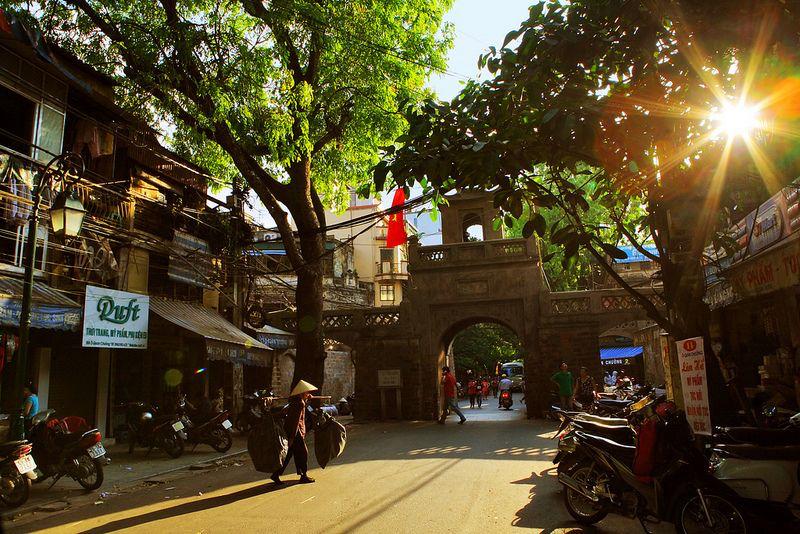
You may also like:
- Best places to visit in Vietnam: TOP 15+ exotic spots not to be skipped
- Airlines in Vietnam: TOP 5 best domestic brands for passengers
- Vietnam weather: When is the best time to visit the S-shaped country?
3.2. Imperial sites
The thousand-year-old Imperial Citadel of Thang Long is another place that reflects the colorful history and culture of Hanoi. Designated as a UNESCO World Heritage Site in 2010, the value of the imperial sites is undeniable. The Imperial Citadel encompasses several significant historical sites that you should not miss out on during your Hanoi tour, such as:
3.2.1. Hanoi Flag Tower
This landmark of Vietnam's capital was built in the 19th century. It consists of a three-level basement, a pyramid-shaped column, and a tower. Hanoi Flag Tower reminds the locals about the heroic past of the city during the wars against French and American troops.
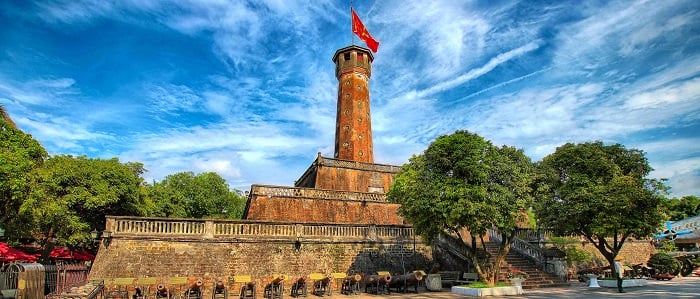
3.2.2. 18 Hoang Dieu Archaeological Site
Another must-see attraction in this complex is the archaeological site at 18 Hoang Dieu. A large-scale excavation was conducted in the center of the citadel in 2002, which found important vestiges of the old capital dating back to more than 10 centuries ago. A visit to this site will give you a chance to learn more about the history of Vietnam in the feudal age.
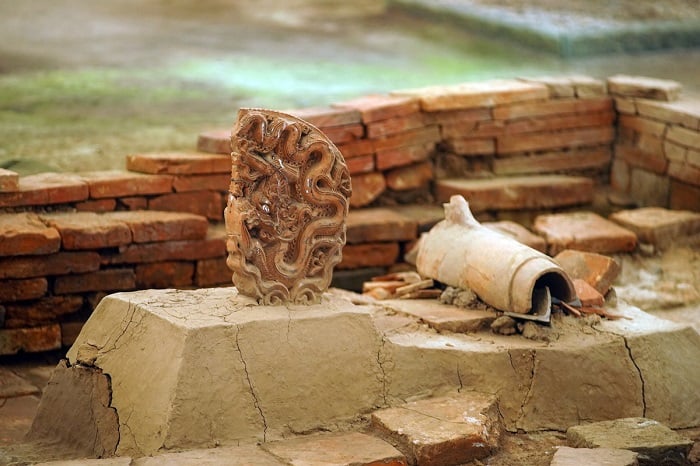
3.2.3. House D67
House D67 in the Imperial Citadel used to be the headquarters of Vietnam’s Ministry of Defense during the war against American troops. Named after the year of construction, D67 played a vital role in being a safe working place for the leaders of the Vietnamese army during the war.
3.3. Lakes
Vietnam's capital is also known as a city of lakes, which offers a respite from the hustle and bustle of city life. Among a large number of lakes in Hanoi, Hoan Kiem Lake and West Lake are the two most famous places to visit.
3.3.1. Hoan Kiem Lake (Sword Lake)
Hoan Kiem Lake is considered the heart of the city. Located next to the Old Quarter, it is one of the most popular attractions of Hanoi, welcoming numerous flocks of tourists each day. The walking streets around the lake are open every weekend, creating a joyful space for tourists to stroll around and have fun.
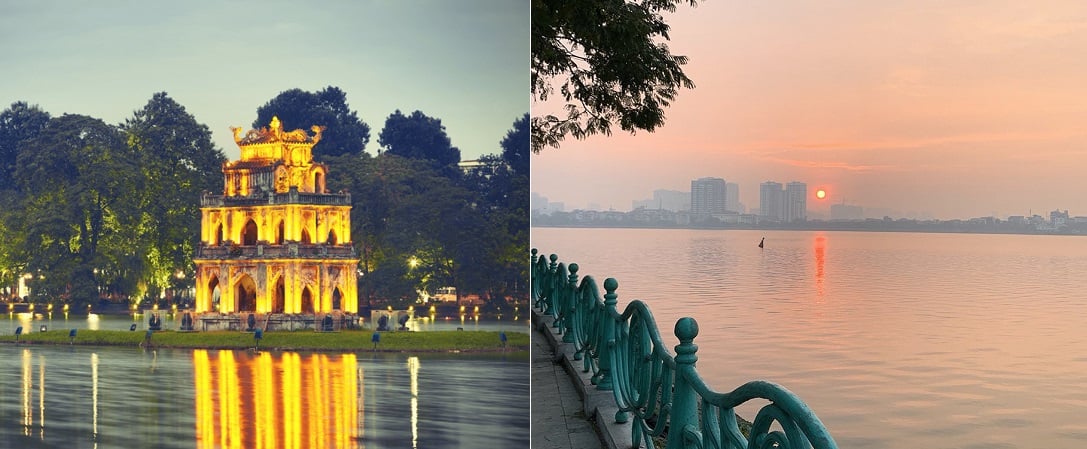
3.3.2. West Lake
Away from the bustling streets, West Lake is a more peaceful place to visit. Encircled by a 15-kilometer-long pathway, this is an ideal spot for jogging, cycling, and also sightseeing. Trying SUP (stand-up paddleboarding) on the lake at sunset will be a great experience, too.
You may also like:
- Asia travel: A worthwhile journey to explore nature and culture
- Northern Vietnam: 12 top-rated destinations to add to your 2023 bucket list
- Nightlife in Vietnam: 10+ MOST vibrant places for gathering and more
3.4. French colonial buildings
During the French colonial period, Hanoi's architecture was significantly influenced by the French. The impact of the western style is shown on the many old buildings in this city.
3.4.1. Hanoi Opera House
The Opera House is an excellent example of French neoclassical architecture, which resembles the Paris Opera House. It used to be exclusively open to French officials and some wealthy Vietnamese figures. Nowadays, Hanoi Opera House is a famous rendezvous for theatrical performances, opera, and musical events.

3.4.2. St. Joseph’s Cathedral
St. Joseph’s Cathedral is another outstanding representative of French architecture in the capital of Vietnam. The cathedral was constructed after the design of the Notre-Dame in Paris. It looks gorgeous both inside and outside with a neo-gothic architectural vibe.
3.4.3. The Ministry Of Foreign Affairs
The imprints of French architecture can also be seen in administrative buildings. The headquarters of the Ministry of Foreign Affairs near Ba Dinh Square is a typical example of Indochinese architecture built by the French. It represents the perfect blend of western and eastern architecture.
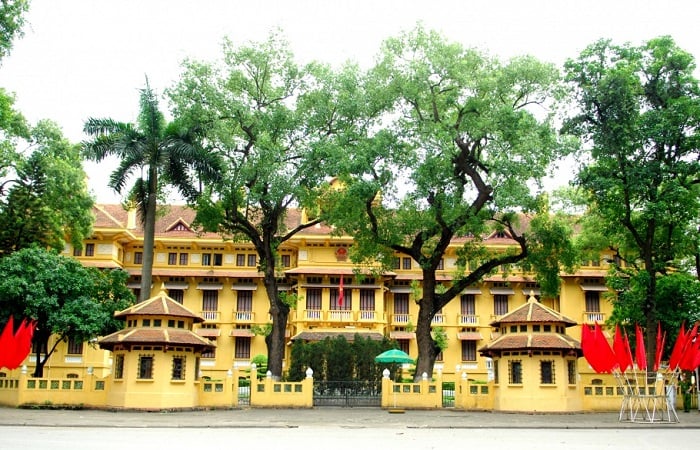
3.5. Museums
The capital of Vietnam is also home to several large museums. If you love to get a deep insight into Vietnam’s history and culture, don’t forget to visit the following museums in Hanoi:
3.5.1. National Museum of Vietnamese History
This museum displays Vietnam’s history from the prehistoric era (300,000 - 400,000 years ago) to the August Revolution in 1945. This place houses more than 100,000 artifacts and images, including many rare and valuable items of ancient cultures.
3.5.2. Vietnam Museum of Ethnology
Vietnam is home to 54 ethnic groups, and this place is where the historical and cultural items of these peoples are exhibited. The museum consists of an indoor and outdoor exhibition area. The indoor area exhibits artifacts and images about the traditions and customs of ethnic groups. Meanwhile, the outdoor area features local houses from different regions of Vietnam.
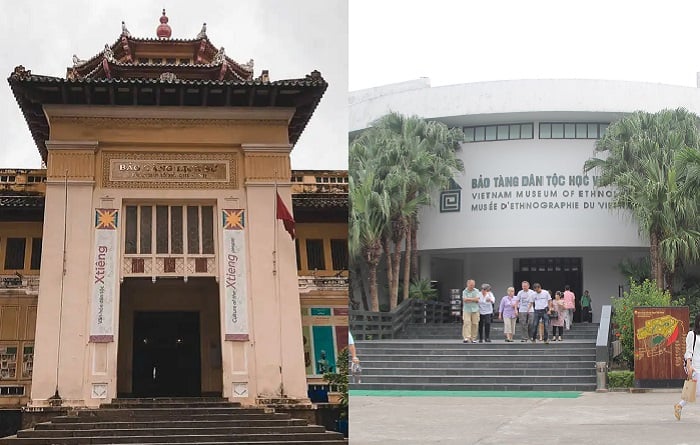
3.5.3. Ho Chi Minh Museum
Situated close to Ho Chi Minh Mausoleum, this museum is where materials about the life of President Ho Chi Minh, the great leader of Vietnam, are displayed. Here, tourists can take a look at the simple modest life of President Ho as well as his revolutionary career.
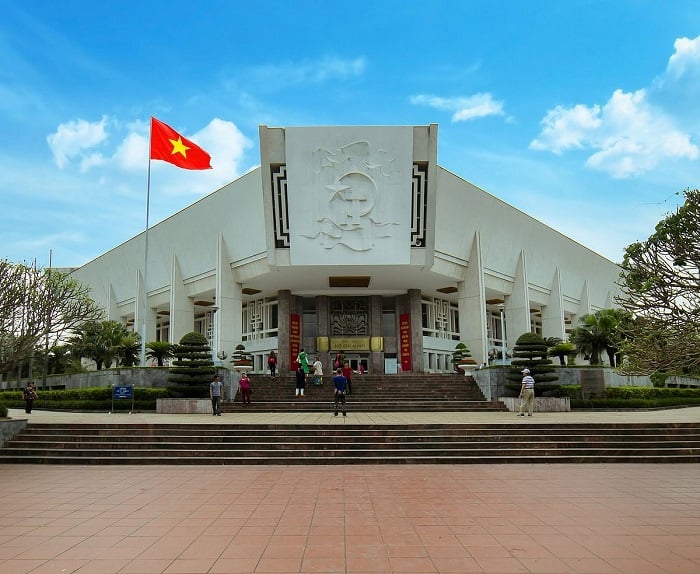
Aside from historical and cultural attractions, the capital of Vietnam also has many modern facilities to explore. As one of the 3 major cities in Vietnam (together with Ho Chi Minh City and Da Nang), Hanoi is home to a large number of skyscrapers, shopping malls, and entertainment areas, notably VinKE & Vinpearl Aquarium Times City.
The aquarium is home to more than 30,000 sea creatures, making it an ideal place for visitors to explore marine life. On the other hand, VinKE is a large playground for children to play and learn about their future prospects with numerous job-simulation games.

>>> Book tickets of VinKE & Vinpearl Aquarium for an exciting family outing in Hanoi!
You may also like:
- Vietnam walking streets: 10 places to head to for a fantastic night out
- Vietnam money: The BEST guide for your cost-conscious trip
- Green Sticky Rice (Com): An iconic food to enjoy the autumn vibe in Vietnam
4. The distinctive culture of Vietnam's capital, Hanoi
With more than a thousand years of history, Vietnam's capital has an extraordinarily rich culture, which can be seen in every aspect of life.
4.1. Hanoi traditional craft villages
Hanoi is home to 1,350 craft villages, which made up one third of the total number of traditional villages in Vietnam. Many are famous national-wide, such as Van Phuc Silk Village, Bat Trang Pottery Village, Ngu Xa Bronze Casting Village, Chuong Conical Hat Village, Dinh Cong Jewelry Willage, etc.
Home to the greatest artisans in this country, Hanoi’s craft villages always provide high-quality products. Not only sold in Vietnam's capital markets, these products have also gained huge international interest, including Bat Trang pottery and Van Phuc silk. Unlike other regions where some craft villages cannot survive the test of time, Hanoi's traditional craft villages are well-preserved and continue to develop.
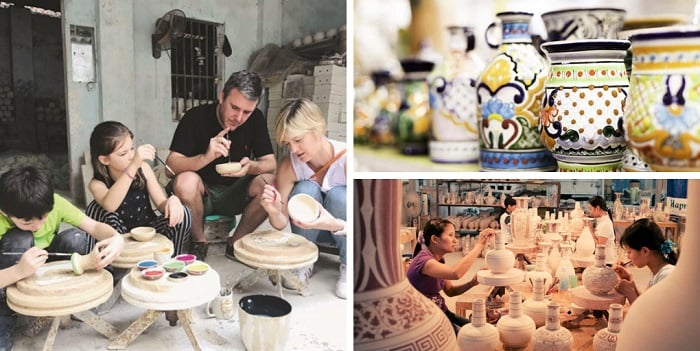
4.2. Traditional festivals in Vietnam's Capital
Thousands of years of civilization have given Hanoi a large number of traditional festivals, aside from the biggest national holidays in the year like Tet Holiday, Mid-Autumn Festival, and Vu Lan Festival. The festivals in Hanoi serve various purposes. For example, the Huong Pagoda Festival and Thay Pagoda Festival are for Buddhists, while the Co Loa Temple Festival, Dong Da Mound Festival, and Hai Ba Trung Temple Festival are dedicated to the heroes and heroines of the nation. Other festivals like Bat Trang Pottery Village Festival are to honor the long-lasting profession of the craft villages.
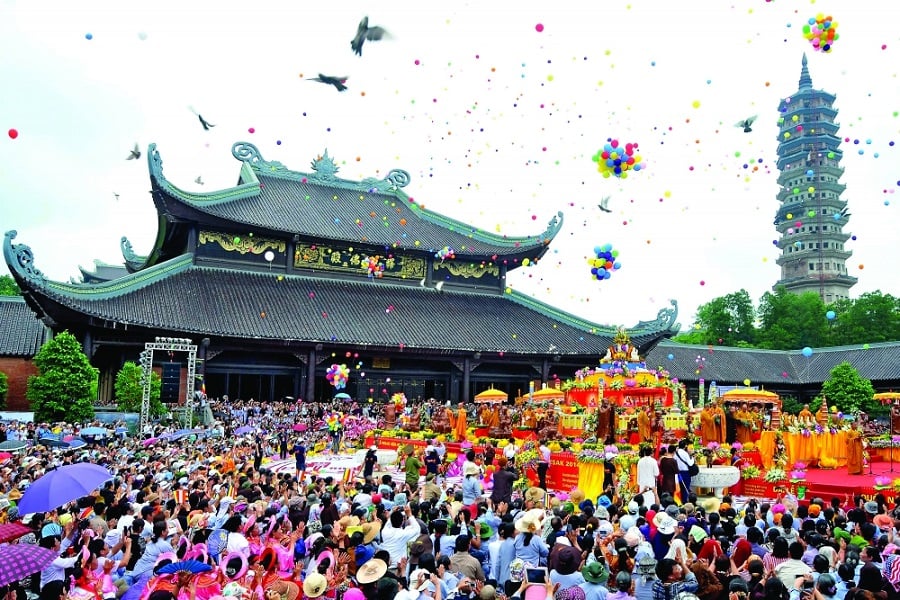
4.3. Hanoi cuisine
Hanoi is considered one of the best stops for culinary tours in Vietnam. Hanoi’s food is sophisticated, delicious, and visually attractive. The city is home to lots of famous Vietnamese delicacies such as pho, banh cuon (steamed rice rolls), bun cha (grilled pork with noodles), bun oc (noodle with snails), cha ca La Vong (La Vong fish cake), to name a few. Traveling to Vietnam's capital, there is no need to search for good restaurants in advance. Just head to any food stall that is crowded with locals and you will have a chance to taste the best food in town!
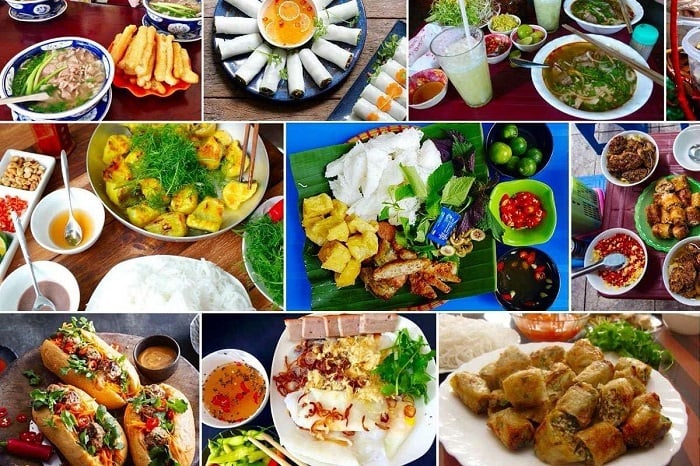
Beside Hanoi, there are many other worth-visiting destinations where you can explore the different colors of Vietnam, such as Phu Quoc, Nha Trang, Hoi An, Da Nang, etc. Each place holds different appeals, so make sure you don’t miss any during your trip to the beautiful S-shaped country.
It is advisable that you book your accommodation in advance so that you will get the best experience during your trip. Present in almost all famous destinations in Vietnam, Vinpearl is a reliable choice of accommodation. With luxurious rooms and top-notch services, the hotels and resorts of Vinpearl will be the perfect places for you to stay in Vietnam.
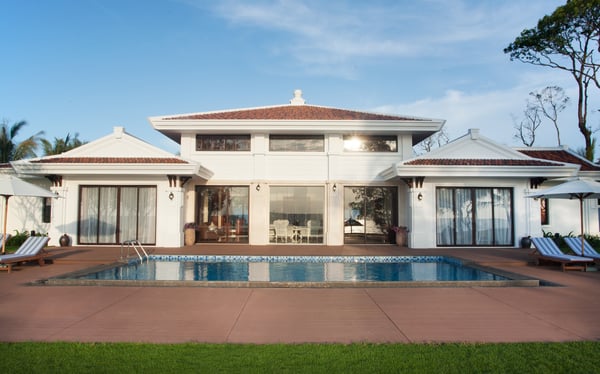
>>> Book rooms in Vinpearl Phu Quoc, Vinpearl Nha Trang, Vinpearl Resort & Golf Nam Hoi An for an enjoyable stay in Vietnam!
Hanoi, Vietnam's Capital, is full of scenery, history, and culture. The city holds a distinctive appeal that would allure anyone when they come to this land. Hopefully, this article will provide a quick insight into the beauty of Hanoi so that you could better plan your upcoming trip!


